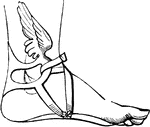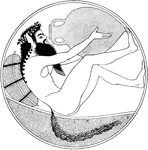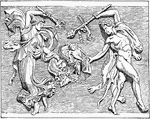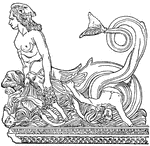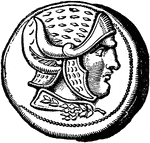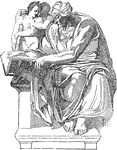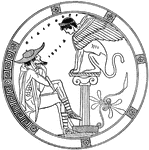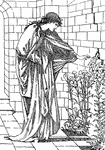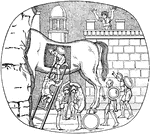Greek Mythology: S-T
49 illustrations from Greek mythology including Satyrs, Scylla, Sibyl, Silenus, Sirens, Sleep, Sphinx, Sunrise, Tantalus, Terpsichore, Thalia, Themis, Theseus, Thisbe, Triptolemus, and Triton

Aegean Snake Goddess
The sculpture of an ancient Snake Goddess. The artifact demonstrates typical Minoan female attire.
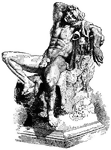
The Barberini Faun, or Drunken Satyr
Illustration of the life-size marble statue located in Munich, Germany. It was found in 1620 in a moat…
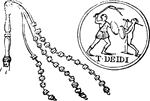
Scourge
"The Furies are generally represented with a scourge, with which to punish the wicked in Tartarus. It…

Silenus - Marble Sculpture
"In Greek mythology, a divinity of Asiatic origin, the foster-father of Bacchus, and leader of the satyrs,…
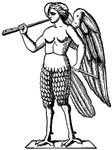
Siren
"The Sirens were sea nymphs who had the power of charming by their song all who heard them, so that…
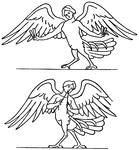
Sirens on a Greek Funeral Marble
"In Greek mythology, one of two, or three, or an indeterminate number of sea-nymphs who by their singing…
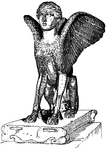
Sphinx of Lanuvium
A Graeco-Roman marble table support in the shape of a sphinx. It was found in the ruins of the Villa…

Sylvanus
"Sylvanus and Faunus were Latin divinities, whose characteristics are so nearly the same as Pan that…

Tantalus, Sisyphus, and Ixion
"As he sang these tender strains, the very ghosts shed tears. Tantalus, in spite of his thirst, stopped…
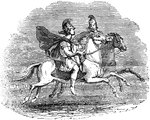
Theseus and Helen
"In the year 1234 B.C., Theseus came to the throne of Athens. He was one of the most renowned characters…

Theseus and the minotaur
"The Athenians were at that time in deep affiction on account of the tribute which they were forced…
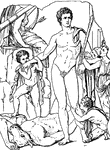
Theseus and the minotaur
"The Athenians were at that time in deep affiction on account of the tribute which they were forced…
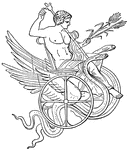
Triptolemus
"After his return Triptolemus built a magnificent temple to Ceres in Eleusis and established the worship…
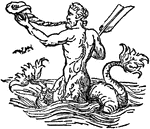
Triton
In Greek mythology, the only son of Poseidon, who is described as one of the minor sea gods. He was…
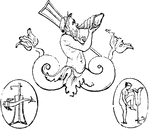
Triton
"One of the Nereides, Triton. A sea deity, son of Neptune and Amphrodite. His lower extremities were…
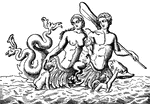
Tritons
"Triton was the son of Neptune and Amphitrite, and the poets made him his father's trumpeter. Proteus…
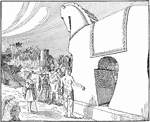
Trojan Horse
The Trojan Horse given to the Trojans from the Greeks as a gift but was actually war strategy, the horse…
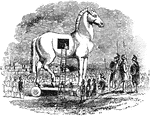
Trojan horse
"According to the poets, it was by stratagem that this famous city was at last overcome. They tell us…
